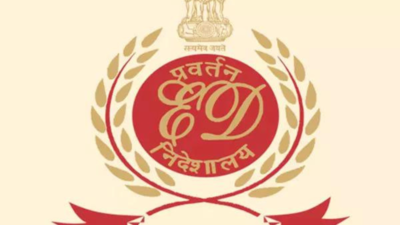Fifty years ago my great-grandfather Carlo Portolan hauled down from the roof of his Lincoln Heights home a glass jug full of fragrant black booze, warm from 40 days in the sun. He decanted it into smaller bottles, affixed to each a masking tape label inscribed with the year — 1974 — and passed them around to friends and family. He died four years later.
His bottles of nocino, an Italian liqueur that looks like tar and tastes like Christmas, carried on. My mother has one. So do each of her siblings.
The glass bottles still get pulled out sometimes at the end of holidays and long family gatherings. All flavors, save for the sear of grain alcohol, have long since faded. It’s drinkable, but serves mostly as an excuse to speak fondly of the people who made it, the places they came from and the threads that still tie us together.
But the level in the bottles is dropping. The people around the table are getting older. Recently it occurred to me that if a new generation doesn’t pick up those threads and take on the weird family habits we kindly call tradition, those will fade away too.
Which is why I texted my brother: Do you want to make nocino this year? Yes, he wrote back immediately. I absolutely want to make nocino this year. Nocino, pronounced no-CHEE-no, shows up in written records as early as the Renaissance, where 16th-century physicians raved about a “water of walnuts” that “cooleth the pestilence.
” You can buy it today at big-box liquor stores or make your.
















